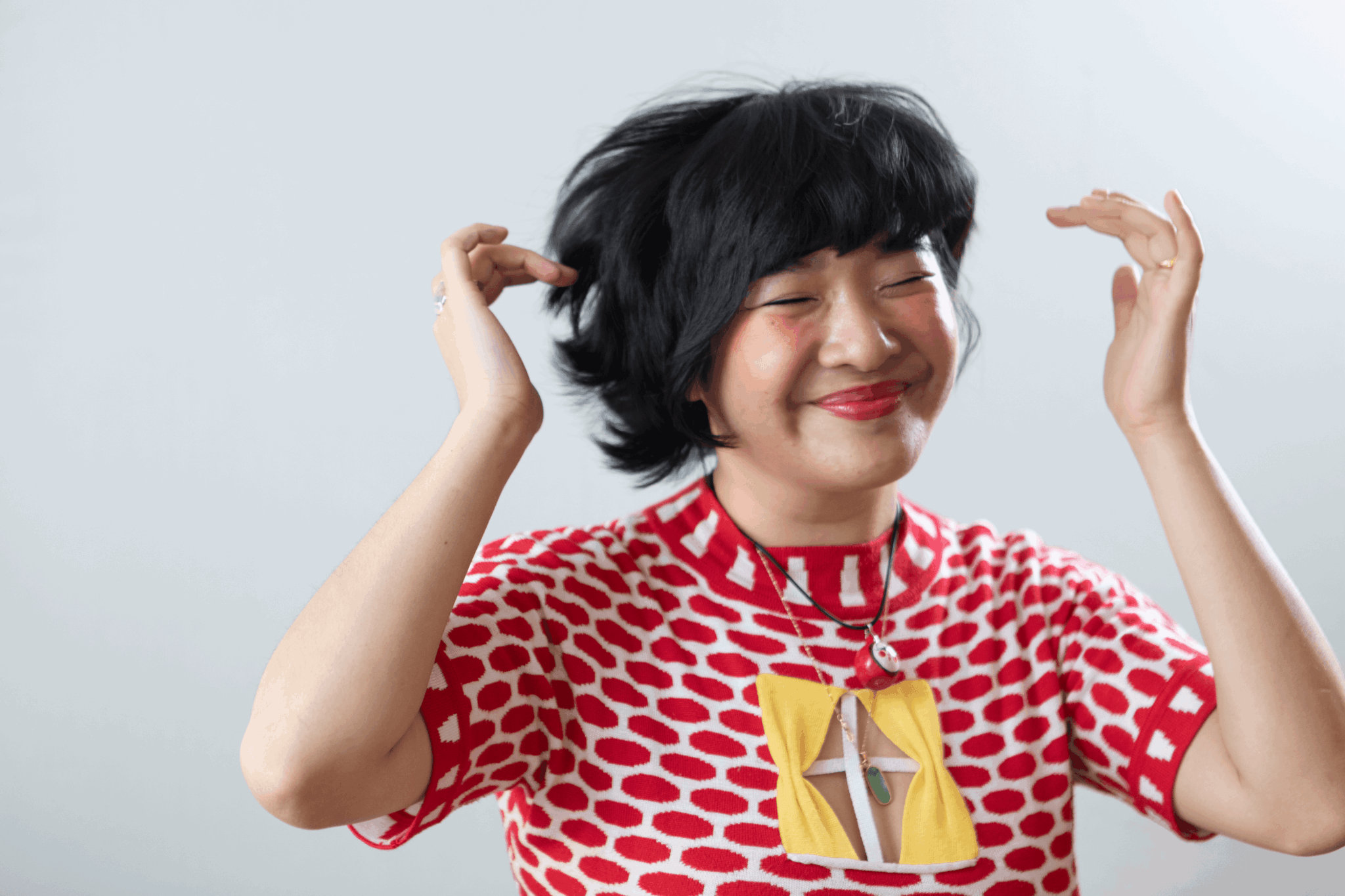Alright – so today we’ve got the honor of introducing you to Valerie Liu. We think you’ll enjoy our conversation, we’ve shared it below.
Valerie , thanks for taking the time to share your stories with us today When did you first know you wanted to pursue a creative/artistic path professionally?
Art has always been my way of expressing myself—a language through which I understand who I am and process the world around me.
Before college, I didn’t have a clear concept of what pursuing a creative career could look like. No one in my family or community at the time worked in visual arts, so I lacked both a template and an understanding of how drawing could fit into my future. When I started community college, I intended to pursue a degree in social work. My plan was to keep art as a personal hobby while focusing on my passion for working with people and building community.
However, during my time at community college, I felt an undeniable pull to create more. Acting on that urge, I approached the campus newspaper and asked if they needed a comic strip or staff artist. They said yes, and I became their staff artist.
Working with The Chabot Spectator was transformative—it was the first time I saw my work printed and distributed. Up until that point, my art had lived mostly in personal sketchbooks. Seeing my illustrations on the front page of a newspaper was thrilling and unfamiliar. After my first piece was published, my communications professor saw my work and encouraged me to continue creating and sharing my art. She also helped me see that it was possible to merge my passion for community advocacy with art. Her words stayed with me, and soon after, I enrolled in my first illustration class.
That class opened countless doors. I had always drawn as a way to express my emotions, but learning about illustration as a field unlocked a new sense of purpose.
Early on in that first illustration class, we watched an episode of Netflix’s Abstract featuring illustrator and designer Christoph Niemann. For the first time, I realized that a career in visual communication/illustration was possible. It was a defining moment—I knew from that, this was the path I wanted to pursue.
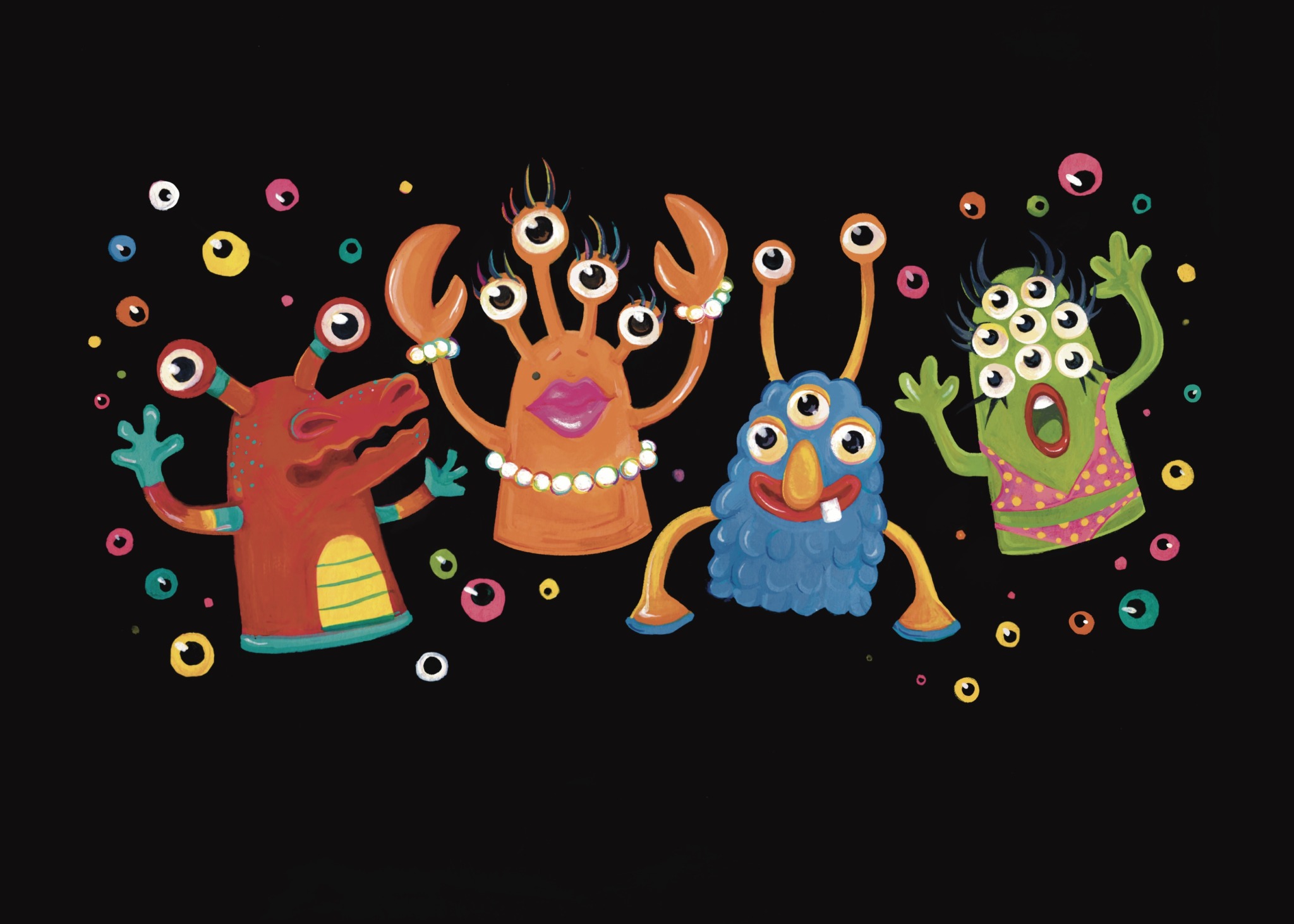
Valerie , before we move on to more of these sorts of questions, can you take some time to bring our readers up to speed on you and what you do?
I am an artist and illustrator based in the San Francisco Bay Area; I believe my lived experiences deeply inform my work. Growing up in a community with conservative views on queerness, I often felt confused and alienated by the conservative beliefs I was taught. Breaking away from that environment and finding queer community was not only transformative but lifesaving. I think that experience is what informs my dedication to making work that highlights queer pride. Learning to embrace my identity as a queer artist of color allowed me to recognize how deeply intertwined my identity is to my art practice. Taking classes that ushered me into opening and hone my practice as well as guidance and support from queer mentors really helped me meditate on what kind of work I want to do—work that centers light, resilience and hope, especially with the queer community.
Some of the projects I’m most proud of include creating posters for the San Francisco Public Library’s inaugural queer comics festival, Pride and Panels, and working with organizations like HopeLab to illustrate resources for LGBTQ+ teens. Additionally, I’ve done editorial illustrations for Stanford Obstetrics, highlighting inclusive research for LGBTQ+ individuals, as well as done mural work for the Chinese Cultural Center in San Francisco’s Chinatown. These projects, among others, reflect my passion for creating work that uplifts and supports community.
I love to work in bold colors, using figures, and motifs to express and represent topics that highlight a feeling or idea that me or my client’s want to showcase. I find the greatest fulfillment in crafting illustrations that convey resilience, joy, and hope. My work is characterized by expressive characters and narratives, with a strong focus on themes of connection, emotion, and community. In my personal practice, I like to make work that is cute, queer, joyous, humorous and silly! Joy and humor is such a vital subject in my practice. I enjoy working across a variety of mediums and don’t feel tied to a single approach in illustration. From editorial, comics, and papier-mâché, to even murals, I love exploring different outputs for illustration. However, one constant in my work is my commitment to fostering a sense of joy and understanding.
Beyond illustration, I also engage in community building through my workshop practice. I collaborate with libraries and community hubs to lead zine-making workshops, upcycling sessions, papier-mâché projects, and other art-based activities. This part of my work reflects my belief that art doesn’t happen in isolation—it is a collective practice that can help build and strengthen communities.
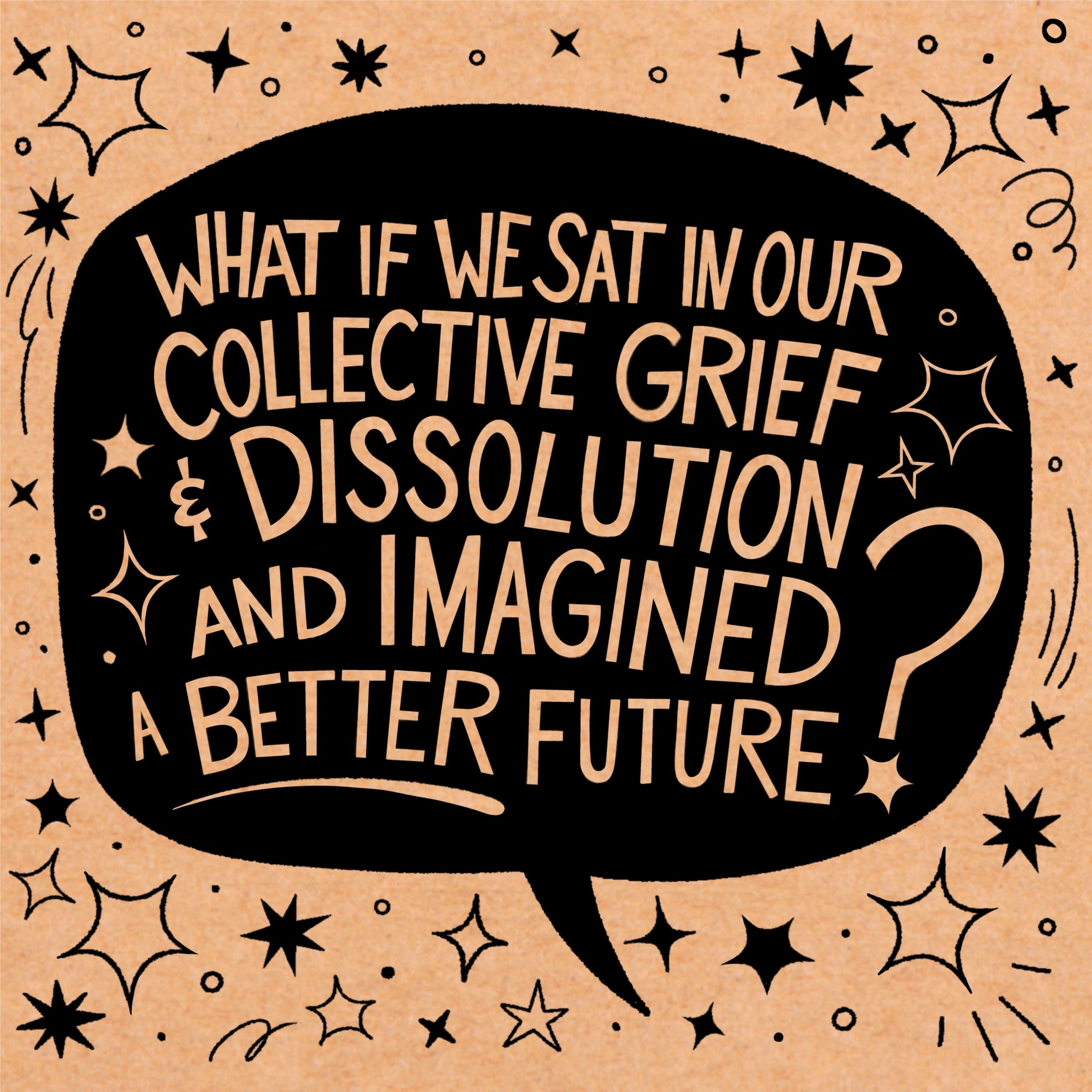
How can we best help foster a strong, supportive environment for artists and creatives?
Supporting artists doesn’t have to be complicated—it can start with simple, meaningful actions. Engaging with the artists and creatives who inspire you is impactful. This could mean purchasing their work to provide direct financial support or even engaging with them online by following, commenting, and sharing their work on social media. Personally, I’ve felt the greatest support when people interact with my artwork—whether through thoughtful comments, sharing their enjoyment of my pieces, or spreading the word about my work or events. I’ve been fortunate to receive incredible support from individuals who not only connect with my work but actively share it with others, sometimes leading to collaborations or commissioned projects. Even a small act of engagement helps contribute to a thriving creative ecosystem.
Attending art shows and events is another great way to participate in a creative ommunity. Invite artists into spaces and I guarantee it will foster a more fun, creative, joyful environment! Show up for the creatives you enjoy or are in your life—go to events they are in! Tell people about their work, Create spaces that support artists! Tell them you appreciate their art— all of these actions can go a long way.
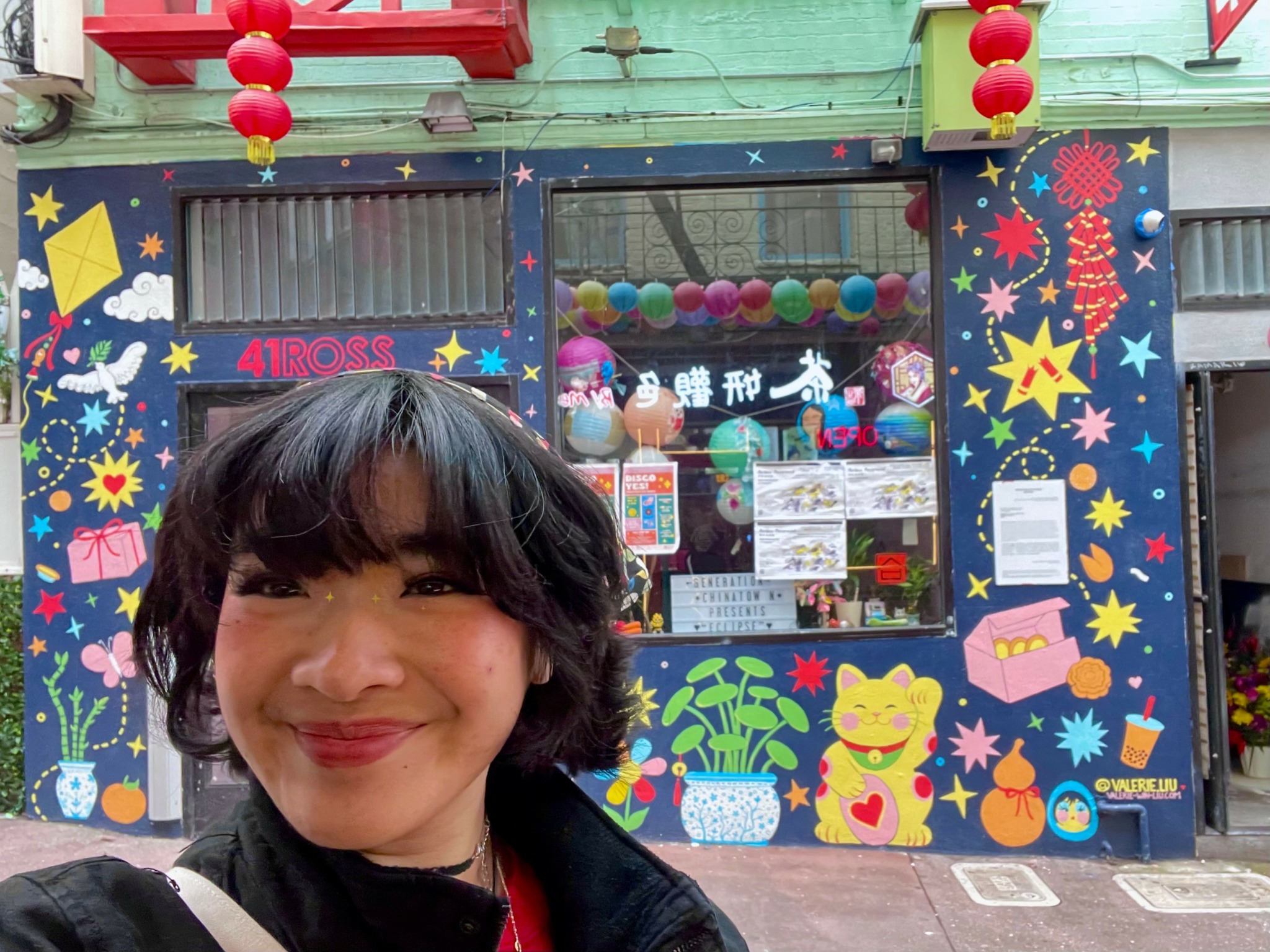
Learning and unlearning are both critical parts of growth – can you share a story of a time when you had to unlearn a lesson?
One of the biggest lessons I’ve had to unlearn on my illustration journey is the pressure I placed on myself to constantly produce. Throughout art school, I was fortunate to have incredibly supportive professors and enriching experiences, but I found myself battling against the “starving artist” narrative. My senior year and early into my illustration career I was constantly putting pressure on myself to hustle. I took on an overwhelming workload in addition to my senior projects, which eventually led to feeling increasingly burnout. I love to create, I love what illustration and art has brought to my life; but I had to teach myself that the best work I do is when I feel rested, connected and inspired.
Through introspection and conversations with other artists, I had to sit with my burnout and teach myself that I am not a machine. I realized how essential it is to prioritize rest and rejuvenation. I’ve learned that taking care of myself is just as important as creating work I feel inspired by and proud of. This balance is crucial not only for sustaining a career in art but also for nurturing the creativity and passion that fuel it. For anyone in a creative field, I believe finding this harmony between professional growth and personal care is imperative to long-term fulfillment in practice.
Contact Info:
- Website: https://valerie-win-liu.com
- Instagram: https://www.instagram.com/valerie.liu
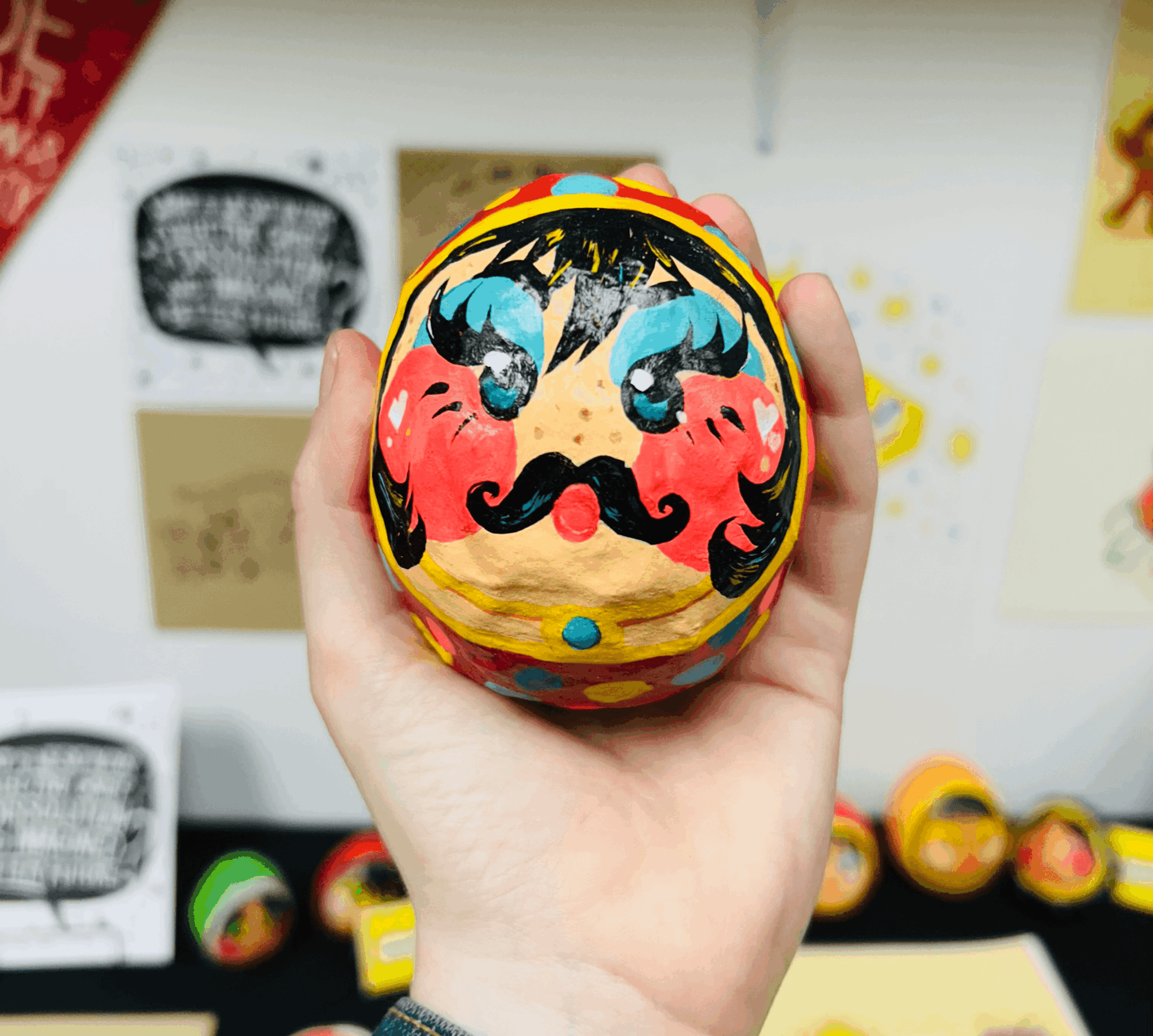

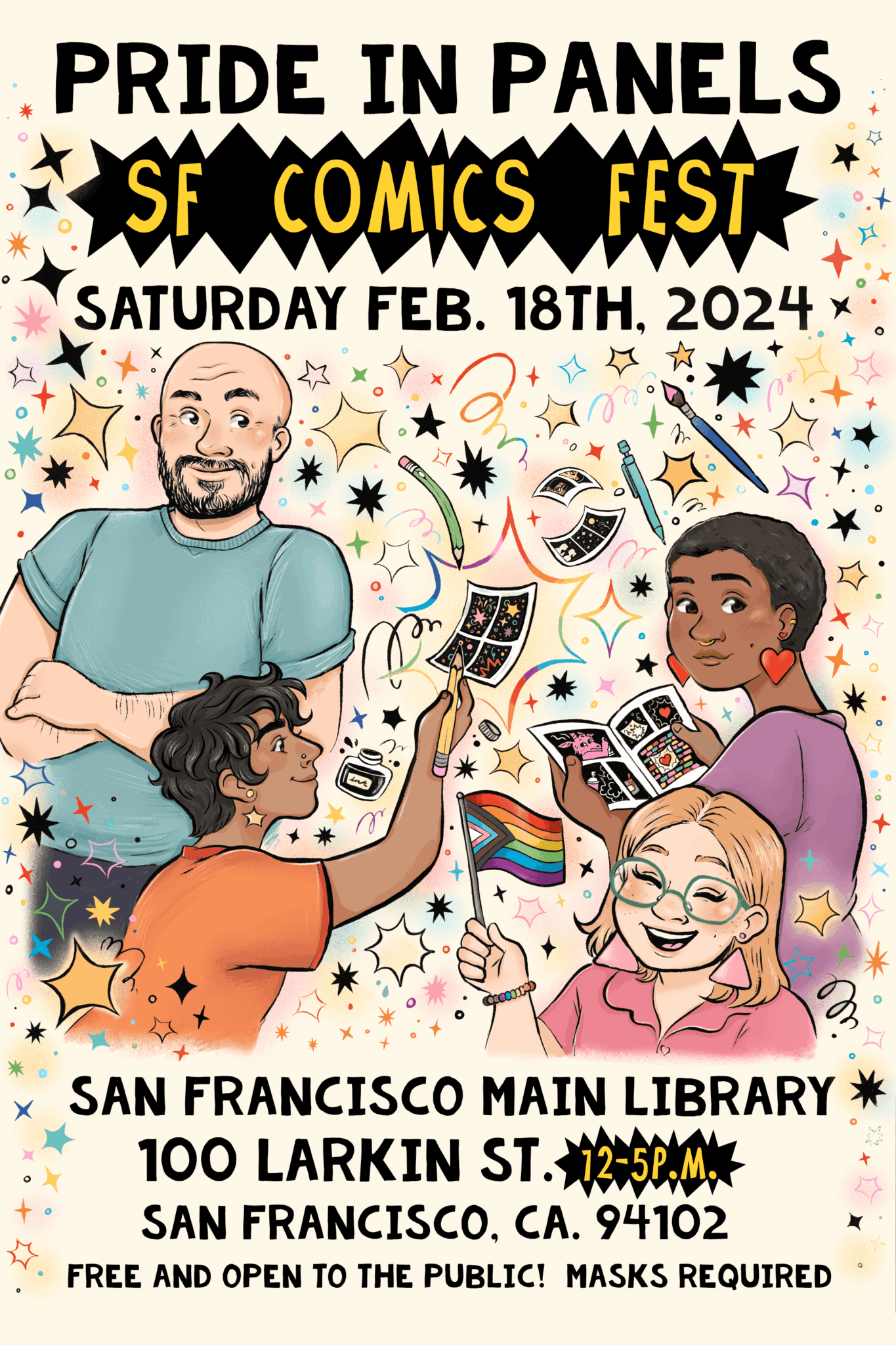

Image Credits
Portrait by Sarah Dawson— https://sdawsonphoto.zenfolio.com


